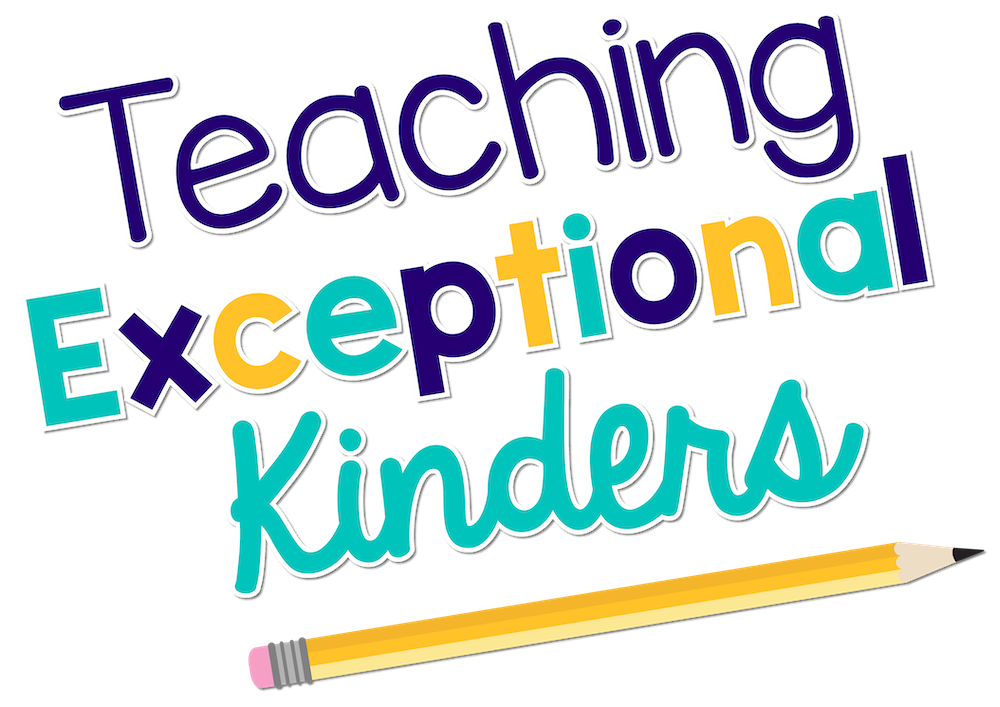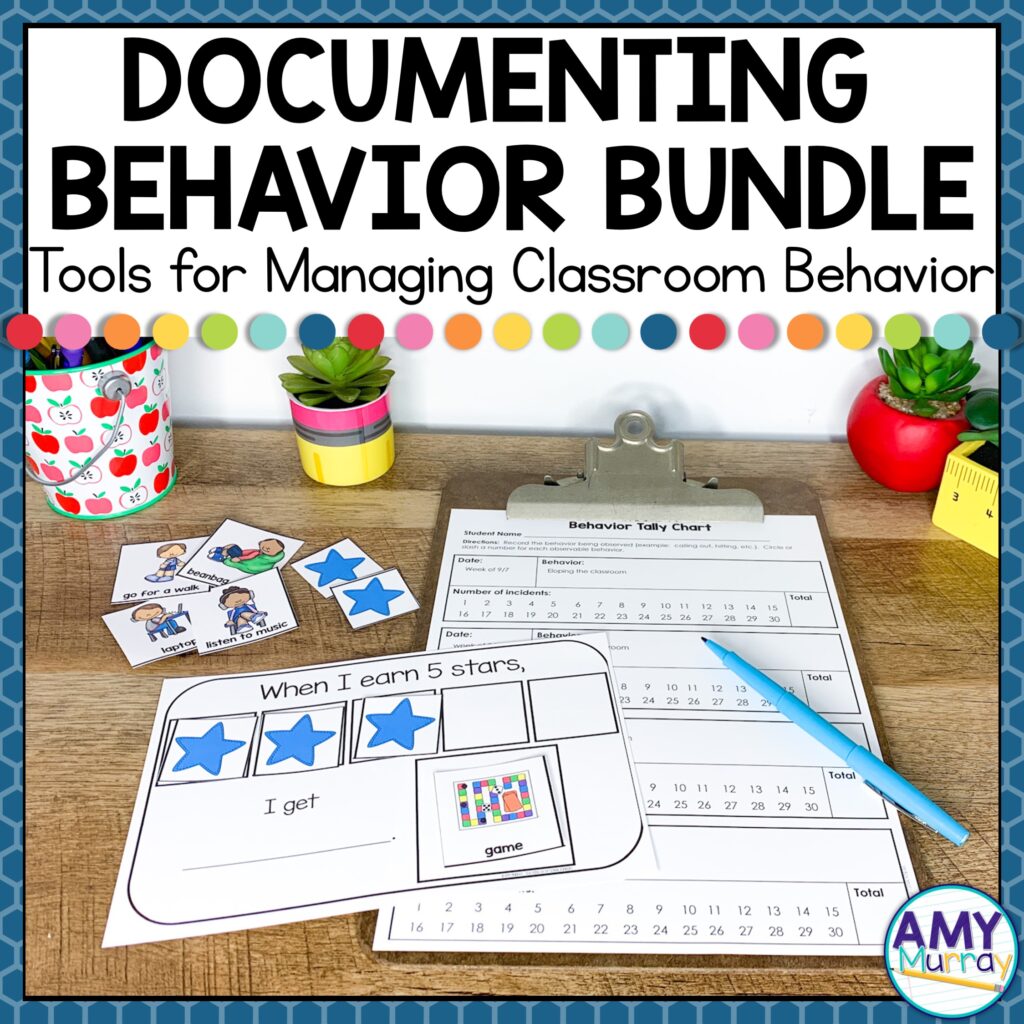How to Find the Function of Behavior (and Why!)
As teachers, we know that there isn’t a one-size-fits-all approach to learning. The same is true for behavior! Even though two students might exhibit a similar challenging behavior, they will often require a different approach when it comes to addressing that behavior. Otherwise, it’s likely the disruptions could continue from one (or both) of those students. The key to identifying the right approach is identifying the function of the behavior. In this post, I’m going to share how to find the function of a behavior and why it’s so helpful for classroom teachers!
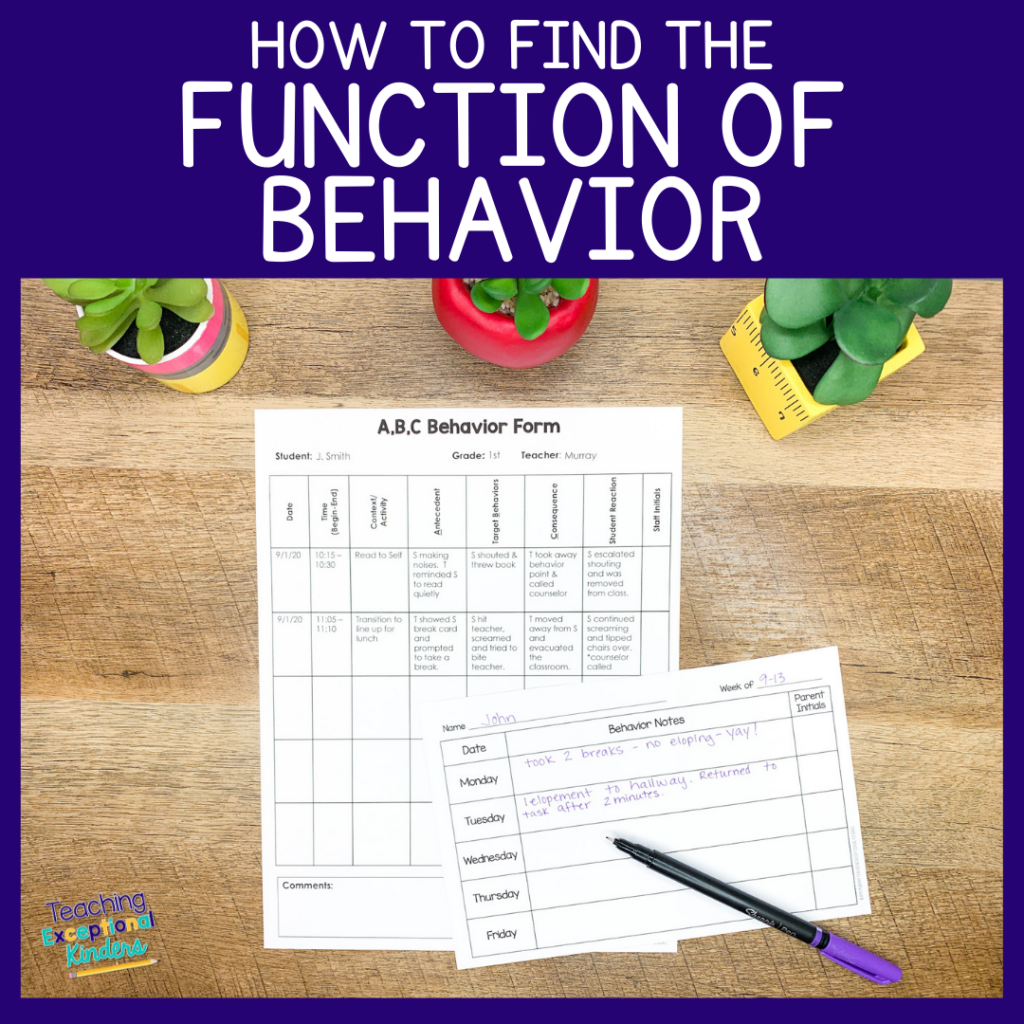
What Are the Functions of Behavior?
The function of a behavior is, essentially, the purpose that the behavior serves for the student. There are a variety of theories and classifications of behavior functions, but the basic idea is that there are four general reasons why a student will exhibit any particular behavior:
- Escape: The student wants to avoid a task, consequence, etc.
- Access: Often a tangible item, the student wants to gain access to something.
- Sensory: The behavior fills a sensory need. This is also occasionally referred to as an “automatic” function of behavior.
- Attention: The student wants to gain the attention of staff or peers.
At first glance, it might seem easy to pinpoint the reason why a student exhibits a disruptive behavior in the classroom. However, if the behavior continues despite our best efforts, it might be time to look a little further into the function.
How to Find the Function of Behavior
It can feel daunting to identify the function of behavior as a classroom teacher, but it really boils down to tracking just three things: Antecedent, behavior, and consequence. However, don’t be tempted to simply run through a mental ABC checklist. Documentation is key! By taking a moment to document incidents, you are able to look for patterns that will help you find the function of a behavior.
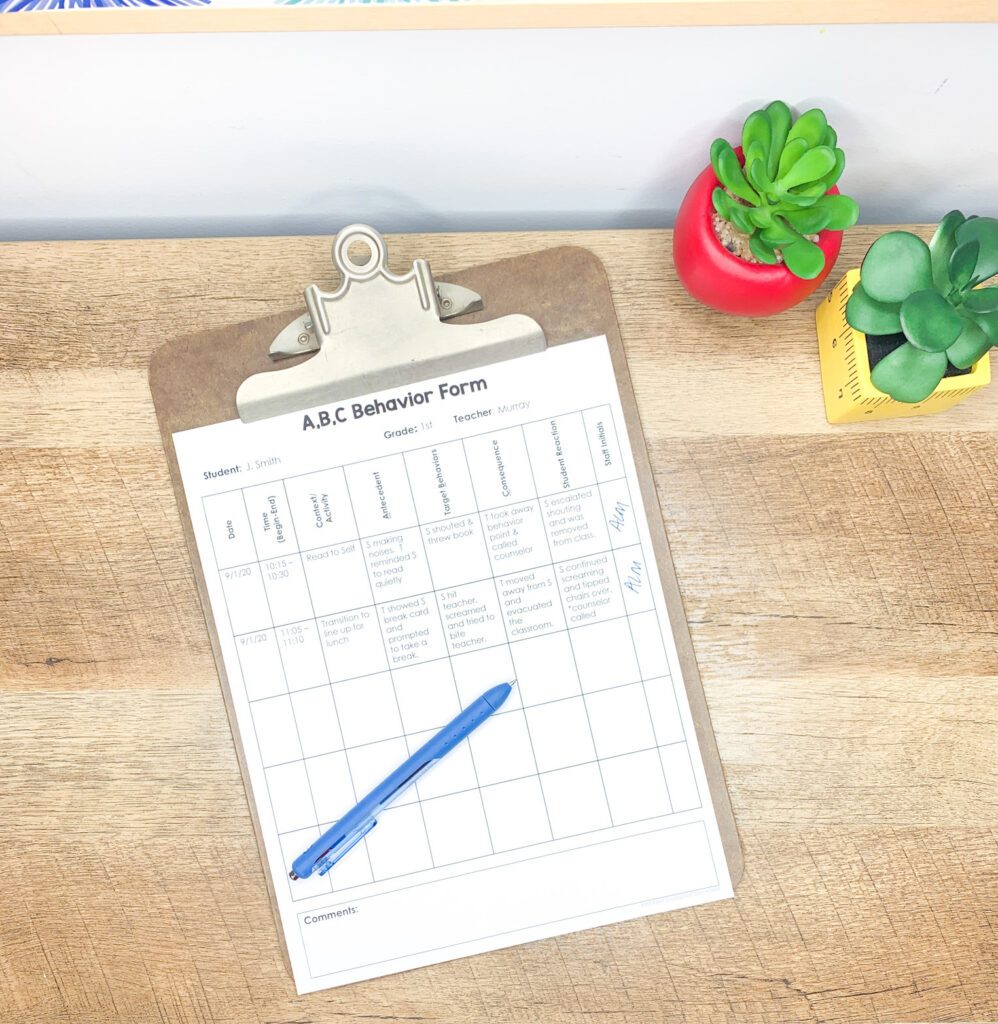
Antecedent
The first thing to document is the antecedent. What is happening before the behavior occurs? Sometimes the antecedent is a seemingly-obvious trigger, while other times it can be a bit more subtle. This is why it’s helpful to write down any relevant details in the chain of events leading up to the behavior.
Behavior
Next, it’s important to document the specifics of the actual behavior. Often, this will provide significant clues about the function. Does the behavior intensity change depending on different circumstances, like time of day or location? Does the behavior usually involve other students or staff?
Consequence
Finally, it’s important to write down the consequence of the behavior. When we hear the word “consequence” we often think of a punishment given to the student following a negative behavior. However, we want to document anything that happened as a result of the behavior.
Sometimes it’s helpful to think of the word “conclusion” instead of “consequence”: What brought the incident to an end? For example, it might be tempting to just write “went to the office” as the consequence for Tommy. He flipped his desk and then hid in the reading corner until staff escorted him to the office. However, the tantrum ended once he sat down in the reading corner, so it's important to document that as well. Considering all of the outcomes of a behavior can provide major clues about the function.
Why It's Helpful to Find the Function of Behavior
If that still seems like a lot to add to your plate, I want to share why it’s worth the effort! Here are some reasons why it’s helpful to identify the function of behavior as a classroom teacher.
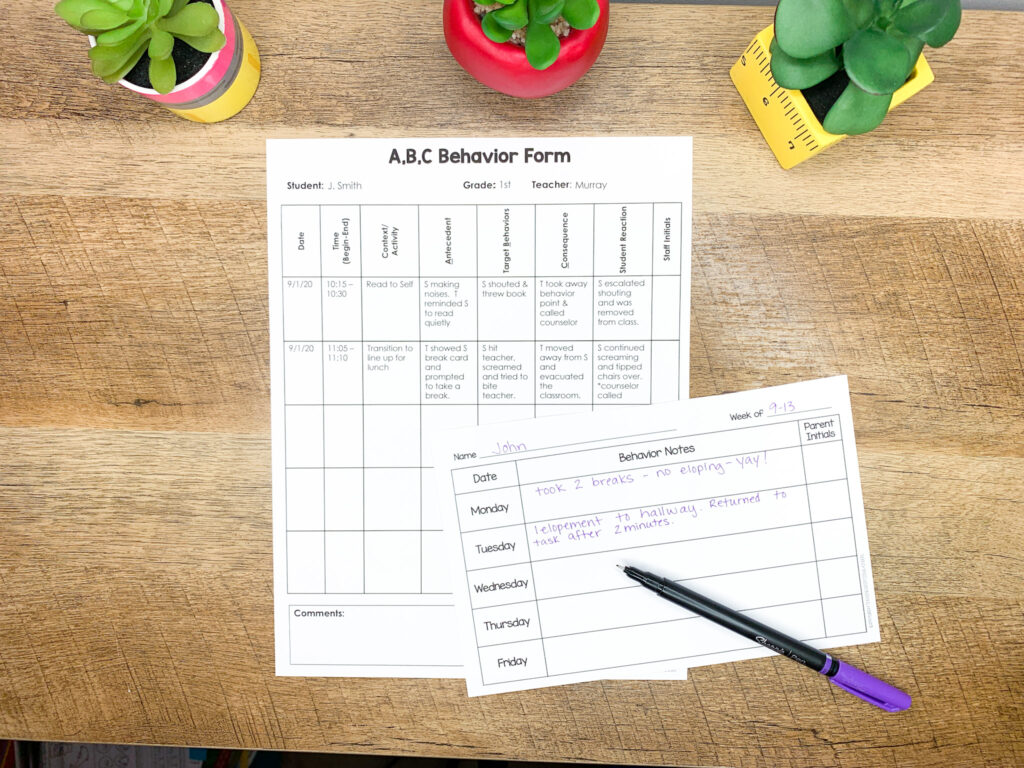
Predict
Before tracking and identifying the function of a behavior, it can feel like disruptive behaviors occur ALL the time and at random. The classroom begins to feel like a ticking time bomb, just waiting for the inevitable blow-up of the day. By identifying the functions of the frequent behaviors in your classroom, you can start to see patterns so that these behaviors aren’t so seemingly random. It’s amazing how stress reduces when behaviors feel more predictable!
Prevent
Once the behaviors are more predictable, it can be easier to prevent them as well! Finding the function of a behavior means that you won’t be unknowingly encouraging the behavior to continue. Since you know the purpose behind the student’s behavior, you can prevent it by helping them meet that need in a different way.
For example, tracking might show that Jill exhibits disruptive behaviors during carpet time so that she can be sent back to her desk. Additional tracking indicates that she doesn’t enjoy sitting on the floor at any time of the day. As a result, sending her back to her seat was unintentionally rewarding her disruptive behaviors. Once you’ve identified the function, you can attempt to prevent the behavior by allowing Jill to sit on a cushion or chair at carpet time.
Progress
Just as it can be stressful to feel like behaviors are unpredictable, it can be disheartening to feel like behaviors aren’t improving. By tracking behavior, you are able to see when the changes you’ve implemented start to show results. Many behaviors won’t disappear overnight, but they can improve over time! Documentation will help you see and celebrate those small, positive changes.
Identifying the function of a behavior can also help facilitate this progress and even speed things up. When you know what is driving a behavior, you can use that information to set individual behavior goals and provide appropriate incentives.
Behavior Tracking Printables
Are you interested in using ABC behavior tracking to help you identify the function of behaviors in your classroom? I have created a bundle of editable behavior documentation tools for teachers. I wanted to create simple and easy-to-use forms so that you can reap the benefits of tracking behavior without a lot of extra time or effort.
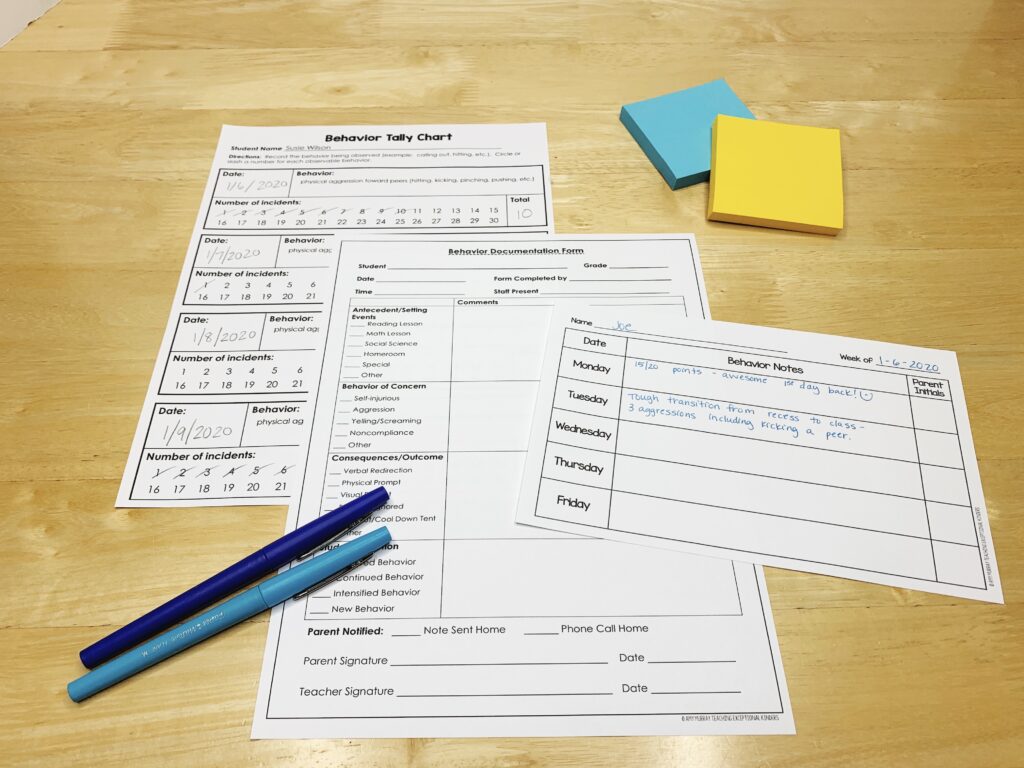
Those documentation tools are also included in the Documenting Behavior Bundle. It has everything you need to document challenging behaviors and encourage positive behavior. Many of the printables in this bundle are editable so that you can customize them to meet your needs. If you’d like to see what’s included in the Documenting Behavior Bundle, you can check it out in the Teaching Exceptional Kinders shop or on Teachers Pay Teachers.
Save These Behavior Function Tips
Be sure to save this post for later! Just add this pin to your favorite classroom board so you can refer back to these tips and resources whenever you need them!
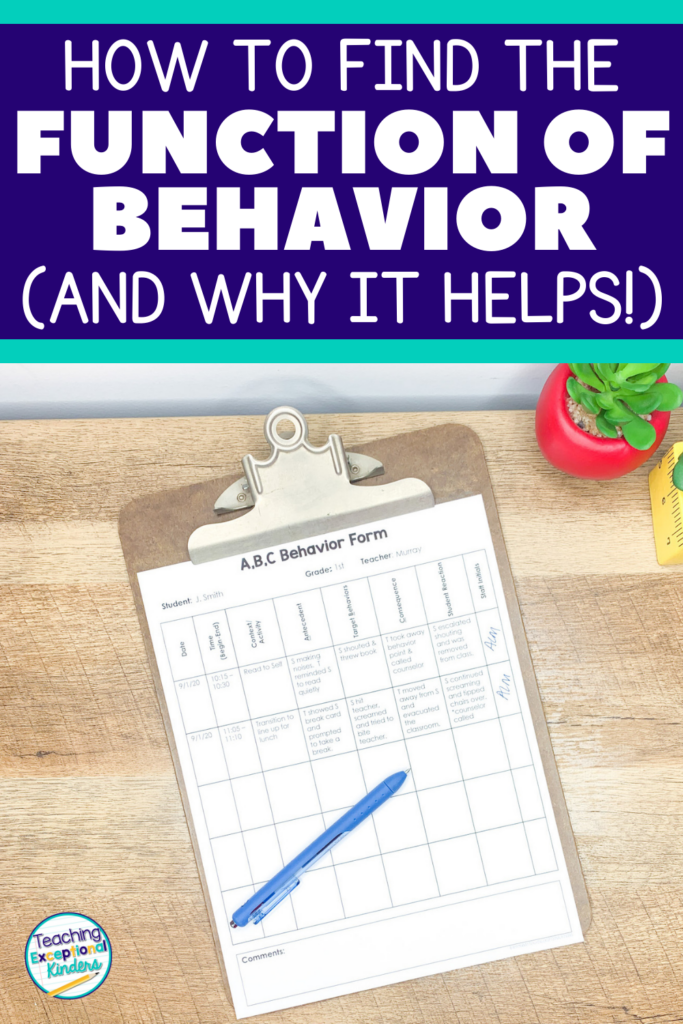
Amy
SITE DESIGN BY LAINE SUTHERLAND DESIGNS

